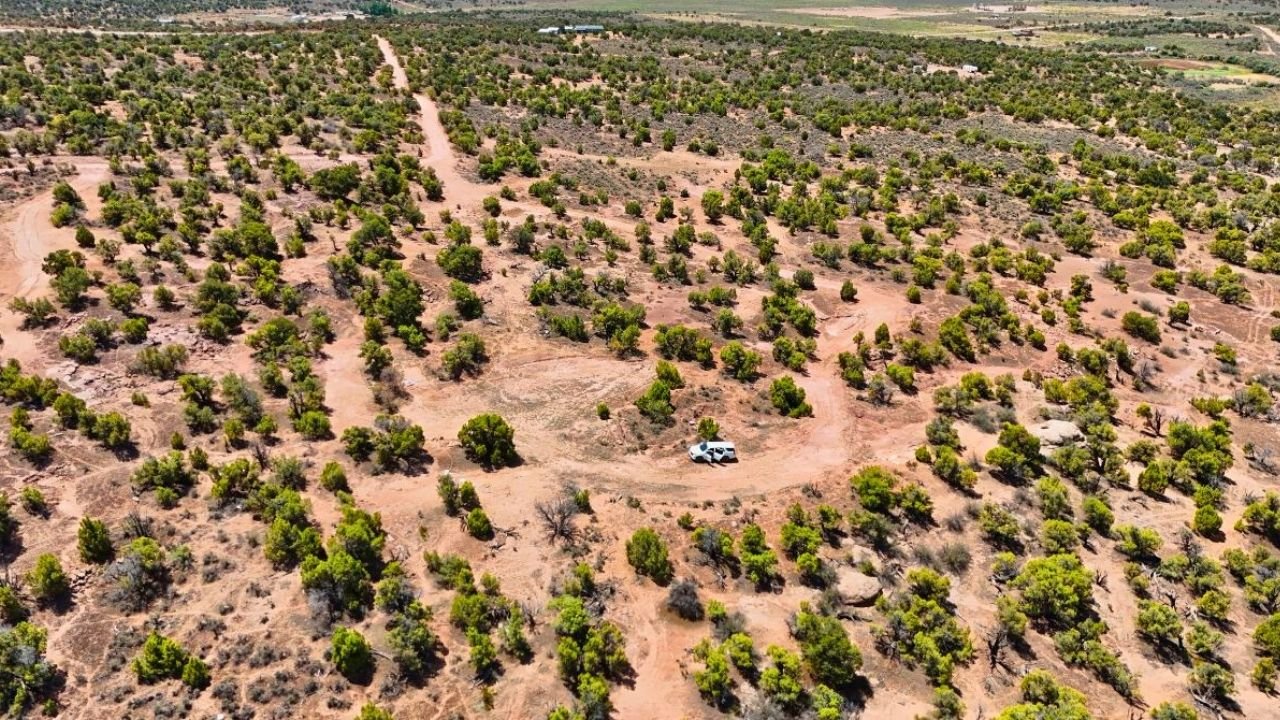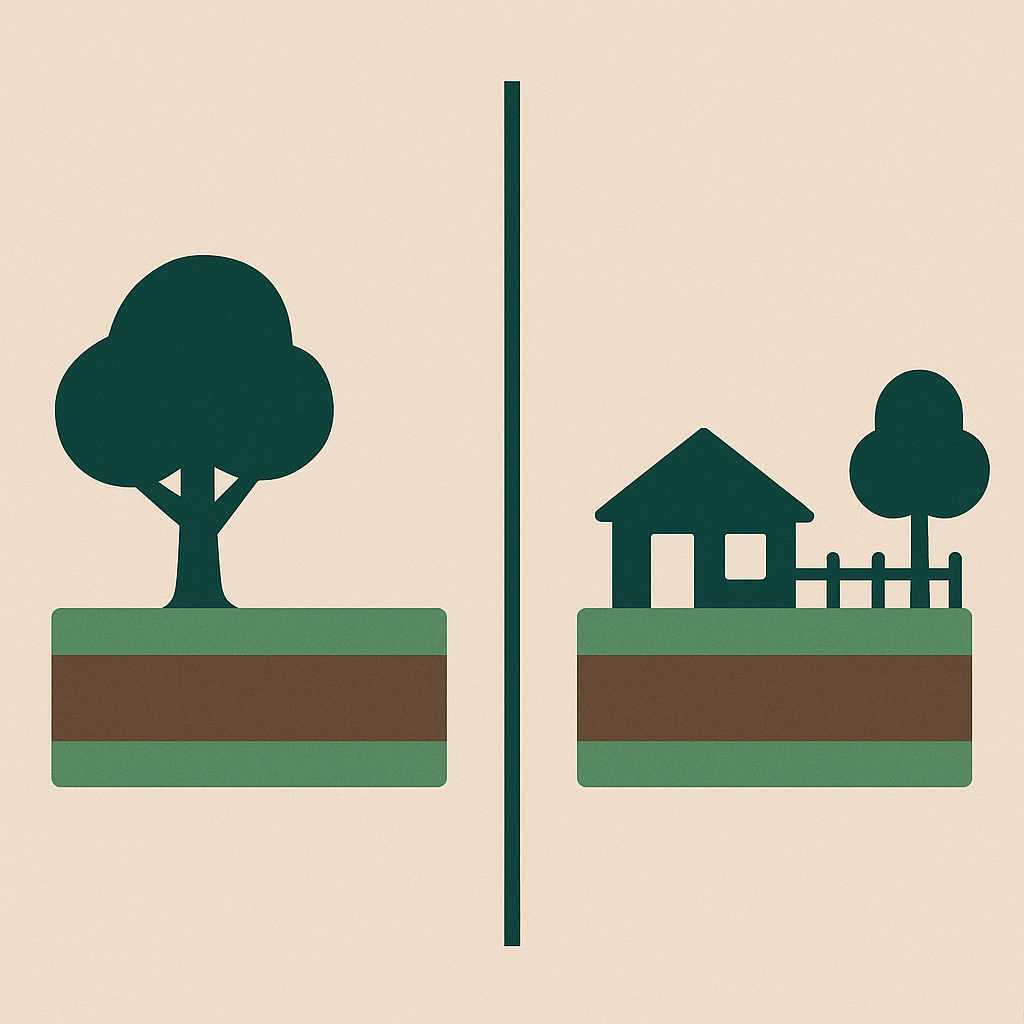Flipping Land in Utah: Strategies and Risks
Why Land Flipping is Gaining Interest in Utah
Utah’s population growth, outdoor recreation demand, and steady real estate market have made land flipping a potential investment opportunity. Unlike homes, land typically requires less maintenance and fewer upfront improvements, making it appealing for investors who want to buy, hold briefly, and sell for a profit.
Strategies for Flipping Land in Utah
1. Buy Below Market Value
The first step is securing land at a price that leaves room for profit. Look for motivated sellers, tax lien sales, or off-market deals where competition is lower.
2. Add Value Before Selling
Small improvements can make a big difference in resale value:
Clearing brush or debris
Installing basic fencing or driveways
Conducting a survey for clear boundaries
Securing water rights or permits
3. Target High-Demand Areas
Proximity to popular recreation spots like reservoirs, ski areas, or hunting zones can help the property sell faster. Land near growing towns or new infrastructure projects often appreciates more quickly.
4. Market to the Right Buyer Pool
Your buyer could be an investor, an out-of-state retiree, or someone looking for a second home site. Tailor listings, photos, and descriptions to the property’s best use and ideal buyer.
Risks to Consider When Flipping Land
Market Fluctuations
Land values can change with interest rates, economic conditions, and local growth trends. A slow market can delay sales and reduce profits.
Holding Costs
Even without a building, land can have annual property taxes, HOA fees, or maintenance needs. Longer holding times mean higher costs.
Regulatory Changes
Changes in zoning or building codes can limit a buyer’s options and lower resale appeal. Always verify current regulations before buying.
Overestimating Demand
Not all rural land sells quickly. If a property is too remote or lacks access, you may have to hold it longer or lower the price.
Tips for Successful Land Flipping
Research comparable sales before making an offer.
Factor in all costs, including closing fees, marketing, and improvements.
Keep a backup plan—such as renting the land for recreation—to offset holding expenses.
Build relationships with local agents and land brokers for leads.
Final Takeaway
Flipping land in Utah can be profitable with the right property, market timing, and selling strategy. Understanding both the opportunities and the risks will help you make informed decisions and avoid costly mistakes.



